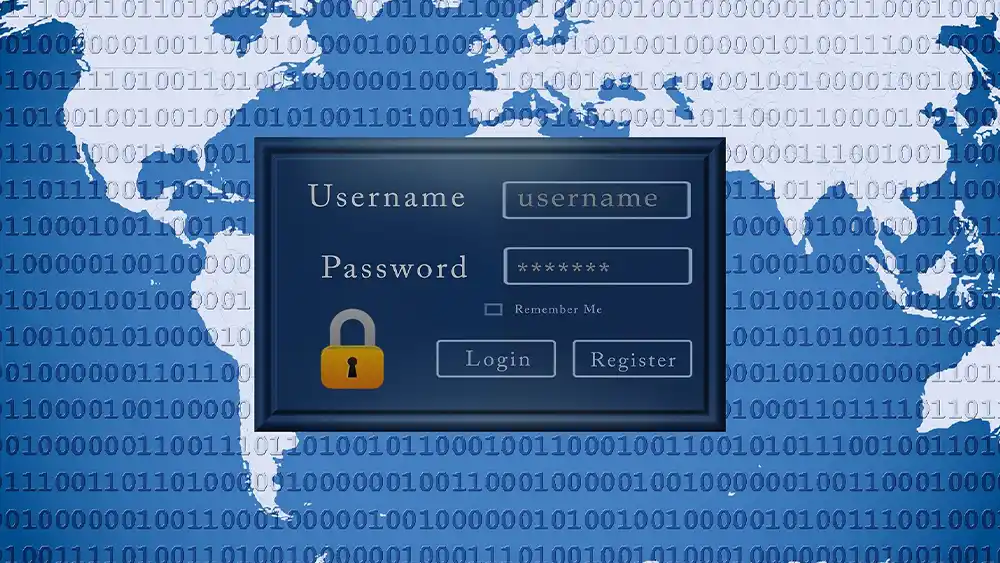How To Safeguard Your Data From Hackers And Scammers

Safeguarding personal data has become paramount in today’s technology-driven society, where everyday interactions often occur online. The rise of digital transactions, social media, and online banking has paved the way for hackers and scammers to flourish. As individuals, businesses, and organizations increasingly rely on the internet for various tasks, the door is wide open for cybercriminals looking to exploit vulnerabilities. Therefore, understanding how to protect sensitive information is critical for everyone. From simple password practices to more advanced methods like data removal services, a comprehensive approach equips individuals with the right tools to thwart potential threats.
Understanding Cyber Threats
The landscape of cyber threats frequently evolves, and it is essential to stay informed to recognize dangers in both personal and organizational contexts. Cyber threats can take many forms, including phishing attacks, malware, data breaches, and social engineering tactics. Phishing attacks, for instance, lure victims into divulging confidential information, such as usernames and passwords, usually through emails that appear legitimate. Data breaches can occur when hackers infiltrate systems, gaining unauthorized access to personal or financial data. Understanding these threats helps users implement protective measures if they know what obstacles to anticipate.
Best Practices for Password Security

One of the most critical aspects of data protection revolves around password security. Weak passwords serve as an open invitation for hackers, making it imperative to create strong, unique passwords for every account. A robust password should combine uppercase letters, lowercase letters, numbers, and special characters while avoiding easily guessable information such as birthdays or common words. Utilizing a password manager can simplify the process by generating and storing complex passwords securely. Regularly updating passwords every few months adds another layer of security, significantly lowering the risk of unauthorized access.
1. Regularly Monitoring Personal Information
Monitoring personal information can go a long way in ensuring your data remains secure. Regularly checking bank statements, credit reports, and online accounts for unauthorized activity allows you to catch potential issues early. If anything suspicious arises, consider taking immediate action to rectify the situation. Services that focus on removing your personal data from the web can greatly reduce risks. By utilizing the resources available at incogni.com, you can actively work towards lowering the likelihood of spam, scams, and identity theft, transforming your approach to personal data security. Identifying vulnerabilities and proactively monitoring information remains one of the most effective methods of maintaining security.
2. The Role of Two-Factor Authentication
In addition to strong passwords, enabling two-factor authentication (2FA) offers an essential security layer. 2FA requires users to provide two forms of identification before accessing an account, typically something they know (password) and something they have (a smartphone with a verification code). This extra step makes it considerably more difficult for hackers to gain access, even if they have compromised a password. Companies like Google and Facebook have recognized the importance of this feature, making it available for free to their users, and enhancing data protection in a world where cyber risks grow daily.
Being Vigilant Against Phishing Scams
Phishing scams have become increasingly sophisticated, making it crucial for individuals to remain vigilant against suspicious communications. Scammers often craft emails that mimic legitimate companies, creating a sense of urgency to trick victims into providing sensitive information quickly. Always scrutinize email addresses for discrepancies and pay attention to the content’s tone, which often carries grammatical errors or unusual requests. One effective way to combat phishing threats is to verify any requests directly with the company involved, using contact information acquired independently rather than differing links or contacts in the email. Taking the time to analyze communications can save you from falling into the trap laid by cybercriminals.
Educating Others About Cybersecurity

Cybersecurity education is not just an individual concern; it extends to colleagues, friends, and family. Sharing knowledge about secure practices and potential threats is crucial in fostering a safer digital environment. Host discussions about the importance of managing passwords securely or the risks associated with engaging with unknown links. Conducting workshops or informal meet-ups can bolster everyone’s awareness and readiness to combat cyber threats. Ultimately, a socially aware approach to cybersecurity helps in developing a culture of vigilance in communities.
The Future of Data Protection
As technology continues to advance, so too will the threats posed by hackers and scammers. The Internet of Things (IoT) is on the rise, linking devices to the internet and each other in unprecedented ways. Consequently, ensuring robust device security is essential to prevent unauthorized access. Companies worldwide are investing in advanced cybersecurity measures, including AI-driven threat detection and blockchain technology for secure transactions, ensuring that as our digital footprint expands, protective measures grow in stride. Staying informed about current technologies and threats can help users remain proactive in safeguarding their data.
Also read: The Latest Cloud Based Market Trends
Final Words
Vigilance, awareness, and the proactive management of digital information form the foundation of data security. Utilizing effective passwords, enabling two-factor authentication, monitoring personal information, and educating those around you represent essential practices in the journey toward safer online interactions. Activating services that manage the circulation of personal information, exemplifies the importance of integrating technology with sound practices. Employing these strategies not only enhances personal security but also contributes to a more secure digital landscape for everyone.

news via inbox
Sign up and never miss out on the latest news and updates at HighStuff



